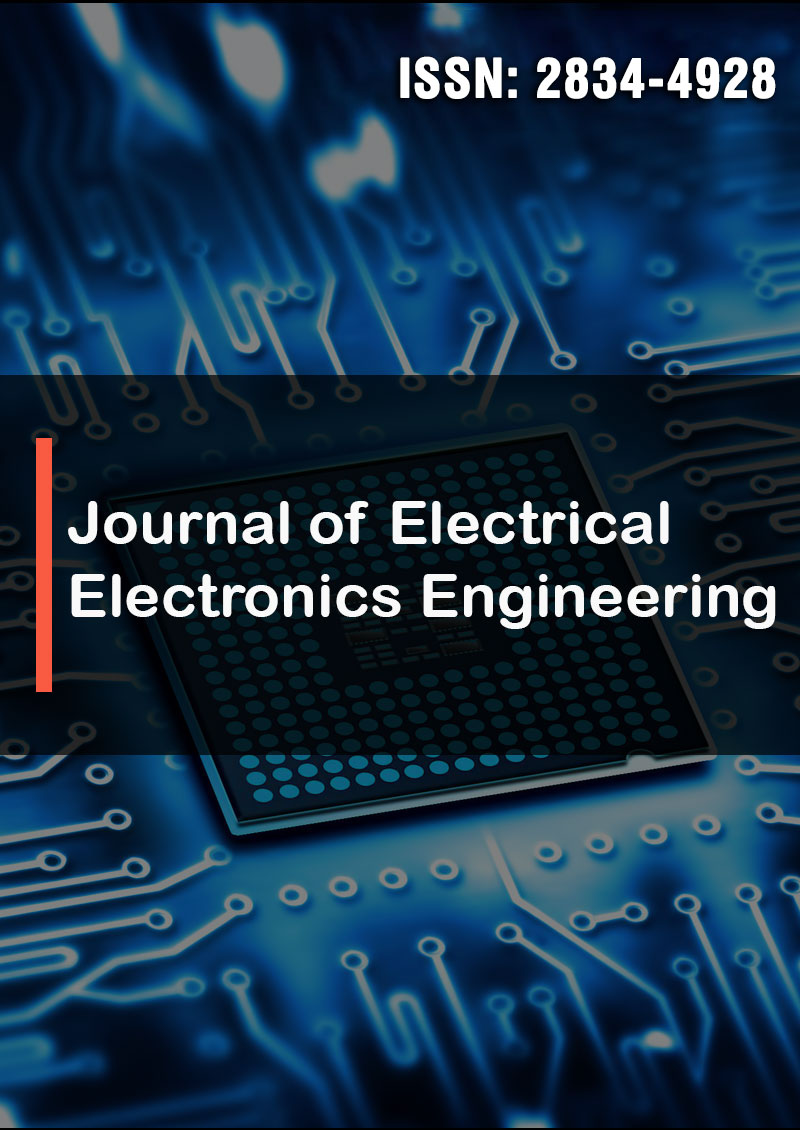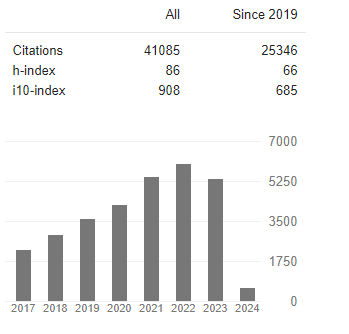Pulse-Induced Energy Gains in Electrochemical Systems
Abstract
Julian Andrew Perry
Inductively generated voltage transients, also known as flyback pulses or disruptive discharges, have traditionally been seen as a problem in analogue and digital electronics and a major component of electromagnetic interference (EMI). Despite this, originating in the 19th century and continuing to the present day, there have been continuous developments in the application of flyback pulses that are alleged to confer benefits to suitably engineered electrochemical and electromechanical systems. These benefits have spawned a long series of patents for such devices including pulsed and low-drag DC motors, efficient generators and battery chargers. However, despite the long history of such devices, there has been no clear and replicable scientific evidence provided to the peer community in support of the fundamental phenomenon of high voltage pulse induced energy gains, leading to misinformation and a range of misconceptions in both the amateur and professional domains.
In this first of two studies, a confirmatory research project has been transparently undertaken, using the Open Science Framework (OSF), and shown that inductive pulse charging (IPC) can result in energy gains and a Coefficient of Performance >1 in Lead-Acid and Lithium Iron Phosphate batteries when compared to controls using regular mains charging. Evidence has also shown a continuing effect on the electrochemistry after IPC has ceased and that the processes involved in the energy gains exhibit a distinct dynamic, and are not identical with, those in conventional charging. Some of the terms used by other researchers to describe these behaviours offer no descriptive value in the absence of a working theoretical model. For this reason, the usefulness of IPC as a low-powered energy source is unconfirmed.
Consideration is also given to how the most likely source of the measured energy gains can be determined, from either an internal electrochemical response to the voltage transients or from the local environment. These options carry with them implications for either transient induced enthalpic energy transfers in electrochemistry, or classical and quantum electrodynamic theory requiring the integration of the local environment and cross-boundary energy flows as part of a thermodynamically open system.




